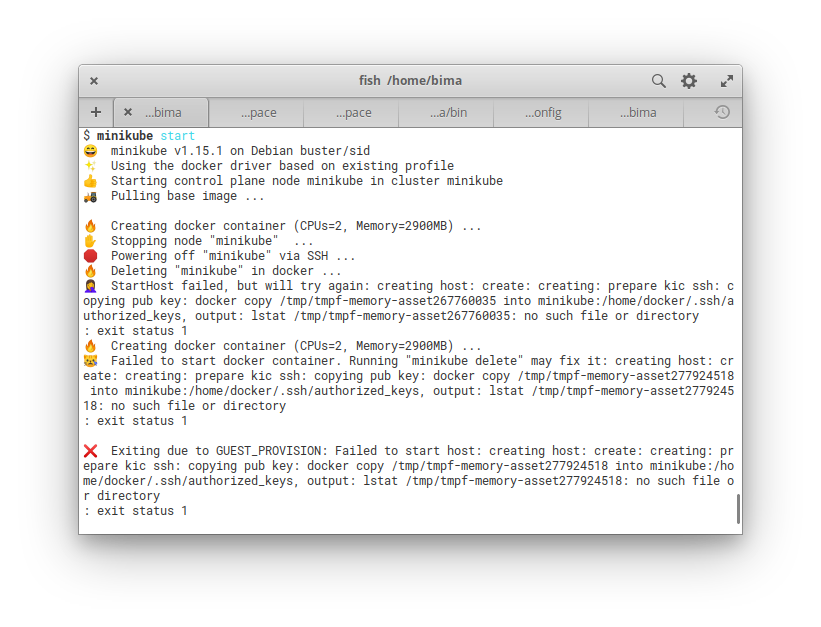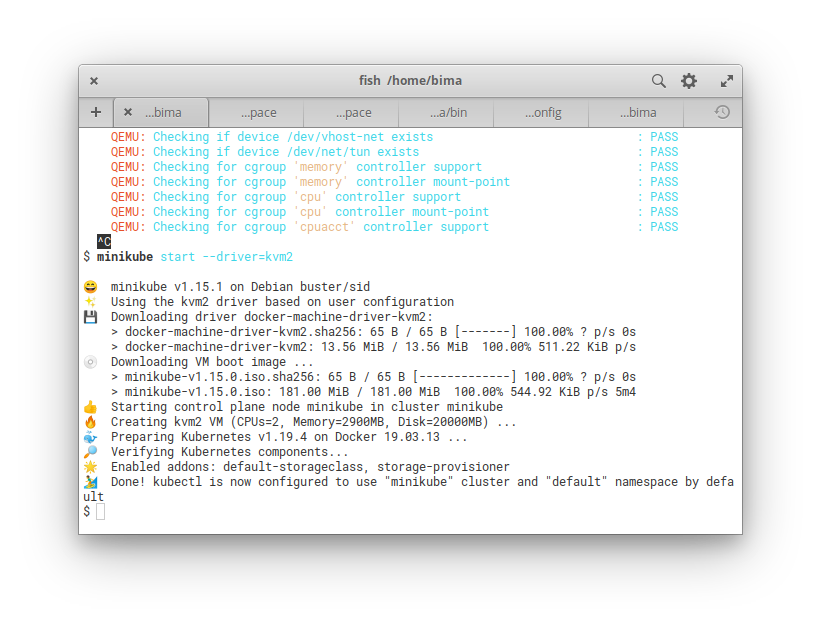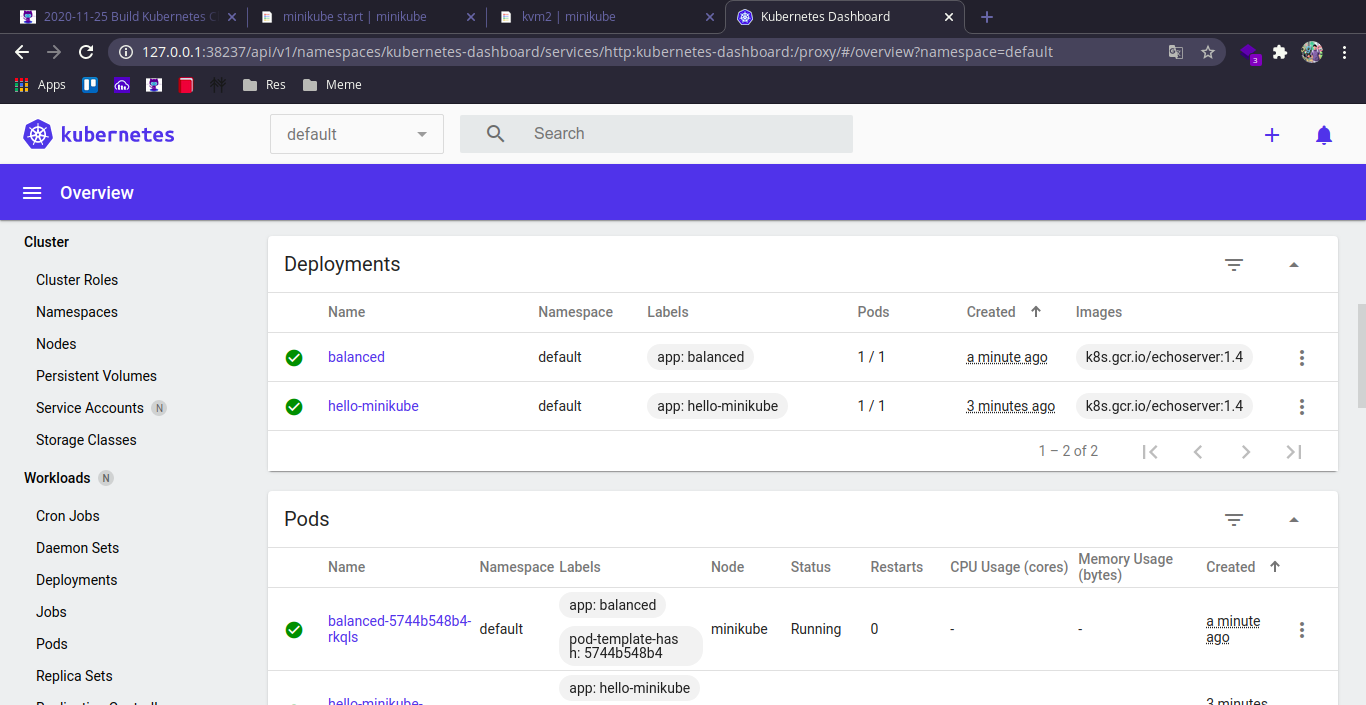Preface
Main idea: This is tutorial how to setup single node kubernetes cluster (using minikube)
I’m no idea with k3s from rancher. Kali Linux not supported yet. And I want create multi node, but no luck. Theris no idea with build from stratch haha. It’s hardest way and hardest hardware requirements.
Reading
Follow the official documentation: - https://minikube.sigs.k8s.io/docs/start/
Minikube Setup
Like kind, minikube is a tool that lets you run Kubernetes locally. minikube runs a single-node Kubernetes cluster on your personal computer.
It’s another lightweight tool to run kubernetes locally. This is not my way before (k3s get fails). Minikube not multi node and okay I will change my workflow in my work experiment.
what’s Minikube need?
- 2 CPUs or more
- 2GB of free memory
- 20GB of free disk space
installation
curl -LO https://storage.googleapis.com/minikube/releases/latest/minikube-linux-amd64
sudo install minikube-linux-amd64 /usr/local/bin/minikube
And then, prepare for minikube base system with minikube start

See the error!
end with exit status 1.
I will start again with specific driver minikube start --driver=docker the service still show an error
StartHost failed, but will try again: provision: Temporary Error: NewSession: new client: new client: ssh: handshake failed: ssh: unable to authenticate, attempted methods [none publickey], no supported methods remain
looks like theris no failure with my computer. It is building fail container and kubernetes in minikube. I will start again the service with delete them first (like the hint error).
Actually minikube with docker driver minikube start --driver=docker I’m still not get luck
OK.. TRY to use different VM driver! KVMMMMMMM!!!!!!!!!!!!!!!!!!!!!!!
I have this!
$ virt-host-validate
QEMU: Checking for hardware virtualization : PASS
QEMU: Checking if device /dev/kvm exists : PASS
QEMU: Checking if device /dev/kvm is accessible : PASS
QEMU: Checking if device /dev/vhost-net exists : PASS
QEMU: Checking if device /dev/net/tun exists : PASS
...
(I have KVM installed)
So, Start minikube with minikube start --driver=docker

This is unbelievable haha.. working with just first trying
Now, I can use it to access new cluster
$ kubectl get po -A
NAMESPACE NAME READY STATUS RESTARTS AGE
kube-system coredns-f9fd979d6-mbkk7 1/1 Running 0 2m41s
kube-system etcd-minikube 1/1 Running 0 2m44s
kube-system kube-apiserver-minikube 1/1 Running 0 2m44s
kube-system kube-controller-manager-minikube 1/1 Running 0 2m44s
kube-system kube-proxy-rdw5n 1/1 Running 0 2m41s
kube-system kube-scheduler-minikube 1/1 Running 0 2m43s
kube-system storage-provisioner 1/1 Running 0 2m46s
And now, I can start Web GUI with minikube dashboard command

At this kubernetes web GUI, I have two deployment - hello-minikube as testing - and LoadBalancer for alternative Ingress
Start LoadBalancer with minikube tunnel
$ minikube tunnel
[sudo] password for bima:
Status:
machine: minikube
pid: 59715
route: 10.96.0.0/12 -> 192.168.39.153
minikube: Running
services: [balanced]
errors:
minikube: no errors
router: no errors
loadbalancer emulator: no errors
...
to stop it just terminate and run minikube tunnel --cleanup
Look the tutorials here: - https://minikube.sigs.k8s.io/docs/start/#loadbalancer-deployments
Minikube not start every boot. So, after rebooting system,
Start again minikube with
minikube start --driver=kvm2